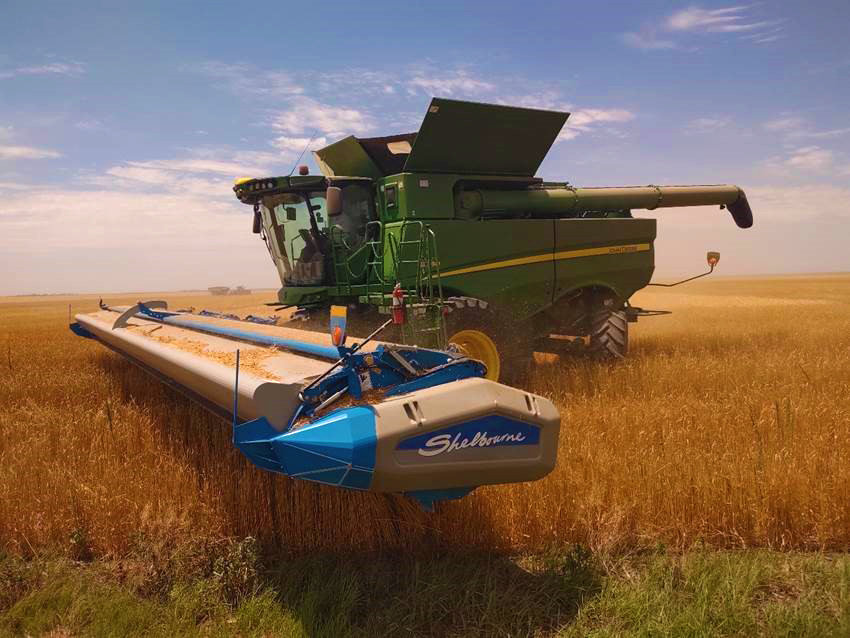

At this point, I would install version 18.04 LTS rather than 16.04 LTS because it’s newer and generally faster, though the instruction here should work on both versions. There are multiple LTS (Long Term Support) versions of Ubuntu available. If you have an older workstation around, it should be relatively simple to install Ubuntu and have it function as your encoding server. In this regard, you may be able to run these scripts on the Linux Bash Shell now available for Windows 10, but getting a Linux GUI running on Windows 10 to access file and text editor operations seemed challenging, so I didn’t try. Ubuntu also has an easy-to-use GUI that simplifies operations like moving files from one drive or folder to another and a simple text editor that’s ideal for creating Bash scripts.

I use Ubuntu because it’s free, it’s installed on several computers in my office, and it’s easy to create a dual boot to run Windows and Ubuntu on the same computer. I spend most of my time on Windows workstations but created this tutorial using Ubuntu because Bash scripting is simpler and more powerful than Windows command-line programming. However, they get the job done and should be relatively simple, even for Bash newbies, to understand and implement. This is my way of saying that I know the scripts detailed herein aren’t the most elegant or highly optimized, particularly the script shown in Figure 5. The operative catchphrase for this tutorial is "Don’t let perfect be the enemy of the good," which, in various forms, has been attributed to Voltaire, Confucius, Shakespeare, and Mark Zuckerberg ("Done is better than perfect"). You can download all scripts shown in this article here.

While this is beginner-level stuff, some familiarity with FFmpeg and Bento4 will be helpful, as will some experience with batch processing and working on the command line in Linux or Windows. You’ll learn how to run the scripts directly on folders of content and to set up a watch folder operation. In this tutorial, you will learn how to write Bash scripts that run on Ubuntu and encode and package multiple files to HLS/DASH output using open-source tools FFmpeg and Bento4.


 0 kommentar(er)
0 kommentar(er)
